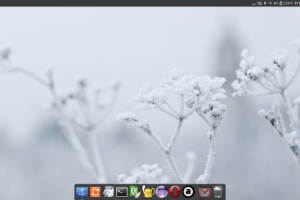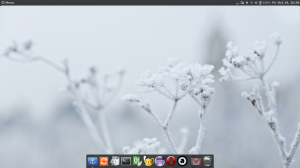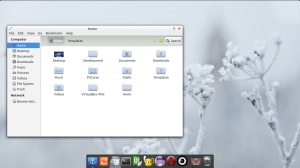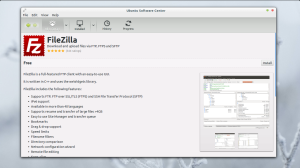I installed Ubuntu 12.10 on my laptop. I was previously running 12.04, which was released this past April. Unfortunately, the upgrade broke the system. I could log in, but was stuck at seeing the wallpaper and nothing else.
What happened was that there was issues with the proprietary drivers (fglrx) I was using for my graphics chip and this new release. Looking forward, it looks like support for my graphics chip (Radeon HD 4200) is being dropped entirely, which is rather unfortunate given it’s only three years old. Anyways, I didn’t realize that that’s what was happening, so I did a fresh install.
Everything worked out of the box. Display. Sound. Wifi. Even my network printer. The installation was a breeze, because my home folder for my previous install was in a separate partition, and Ubuntu’s software repository is quite vast. It took me hours to go from a fresh installation to a system that had all my old documents and all the software I had been using ready to go.
As for the graphics drivers, the new installation put on the open-source drivers. The upside is that they work beautifully. The downside is that they lack features of the proprietary drivers developed by AMD, especially relating to power consumption, reducing my laptop’s battery life. Given that the proprietary drivers had a few niggles around things like handling multiple monitors, I’m going to stick with open-source. The lesson for the next laptop purchase is to avoid AMD entirely, and use only Intel-based graphics.
Onto Ubuntu itself, I ditched its Unity desktop environment in favour of Cinnamon. I added a Mac OSX style dock with the installation of Docky. I also traded in Ubuntu’s rather dark theme for a lighter one in the form of one called Elementary Leon. I find the end result both more usable and pleasing to the eye.
Now that’s a computer I want to use. There’s much to like about this new release. The software selection is great, and I must say that Debian-based distributions like Ubuntu have the best mechanism to install software out there. Way better than Windows, or even Android. If you want to use a graphical approach, it’s one click. Or if you know what you want, you can install twenty complete programs at a time from the command-line. You just type one line, and it does the rest.
There’s been some controversy about Canonical, the company behind Ubuntu, putting in ads for Amazon inside. They get a cut from every sale derived from these ads. Fortunately, this is easy to remove. If this commercialization continues, I may switch to another distribution like Linux Mint, but I’m not at that point yet.
As compared to the previous release, this version of Ubuntu has more up-to-date applications and libraries, a more mature desktop environment by way of Unity (which I ditched, but it’s there), and a newer kernel (more features.) From my end, the hardware works, the applications and libraries I need are all there, and there’s a solid interface to interact with these applications. That’s all I need from an operating system.




